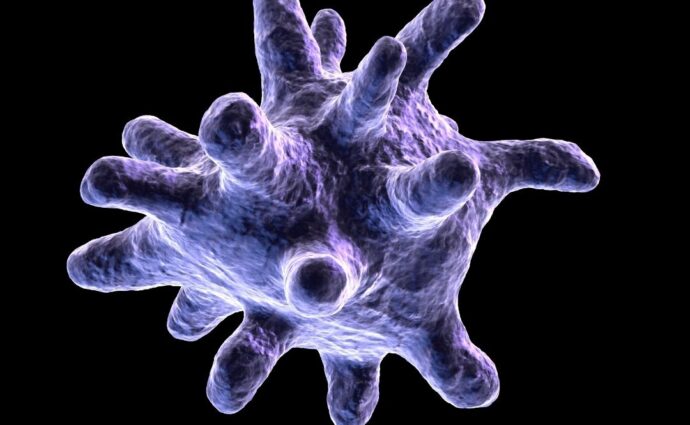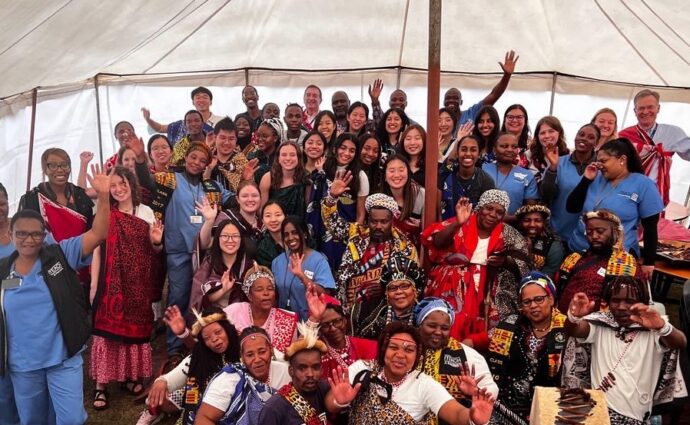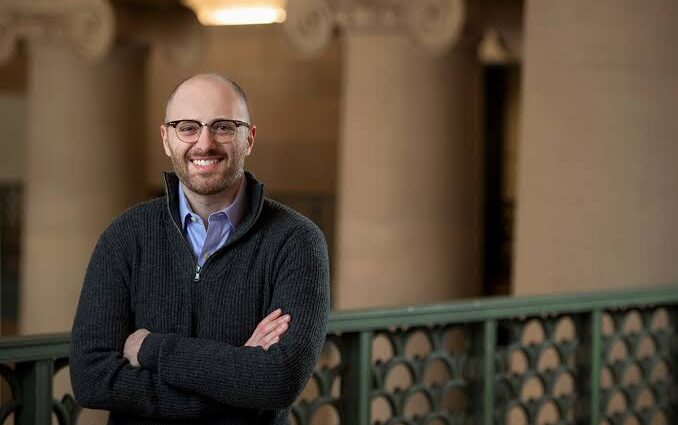Date: January 13, 2014 By:

Recently discovered T memory stem cells may be a long-term viral reservoir, and potential targets for future treatment
Although antiviral therapy against HIV suppresses viral replication and allows infected individuals to live relatively healthy lives for many years, the virus persists in the body, and replication resumes if treatment is interrupted. Now investigators from Massachusetts General Hospital (MGH) and the Ragon Institute of Mass General, MIT, and Harvard may have found the location where the virus hides – in a small group of recently identified T cells with stem cell-like properties.
“Most human cells are short lived, so it has been unclear how HIV manages to stick around for decades in spite of very effective antiviral treatment,” says Mathias Lichterfeld, MD, of the MGH Infectious Disease Division, corresponding author of the report receiving advance online publication in Nature Medicine. “This question led to the hypothesis that HIV might infect stem cells – the most long-lasting cells in the body – but traditional organ-specific stem cells, even those that give rise to all immune and blood cells, are resistant to HIV infection. We have discovered that a new group of T cells, called T memory stem cells, are susceptible to HIV and likely represent the longest lasting cellular niche for the virus.”
HIV has such a devastating impact on the human immune system because it infects the CD4-positive T cells that normally direct and support the infection-fighting activities of other immune cells. Several subtypes of CD4 T cells have different functions and are all capable of being infected by HIV although antiviral treatment keeps the virus in those cells from replicating. Most of these CD4 T cells are short-lived and die relatively soon. What is distinct about CD4 T memory stem cells is their ability to live for decades, while giving rise to several subgroups of T cells. As such, HIV-1 infected T memory stem cells can continuously regenerate new HIV-1 infected cells, and fuel the fire of HIV-1 persistence in the human body.
The MGH/Ragon team found that TSCM cells express both CD4 and CCR5 – the receptor proteins used by HIV to enter cells – suggesting that these long-lived cells could be the long-sought HIV reservoir. Indeed, the research team found that T memory stem cells can be readily infected with HIV, which was unexpected, given that traditional organ-specific stem cells are resistant to HIV-1. Importantly, the investigators found that levels of HIV DNA in patients receiving long-term antiviral treatment were highest in CD4 T memory stem cells. Testing blood samples that had been taken from patients soon after initial infection and several years later revealed that the viral sequences found in T memory stem cells after 6 to 10 years of treatment were similar to those found in circulating T cells soon after infection, indicating that HIV had persisted relatively unchanged in TSCM cells. In addition, the amount of HIV DNA in TSCM cells remained relatively stable over time, even after long-term antiviral treatment caused levels to drop in other T cell subsets.
“Our findings suggest that novel, specific interventions will have to be designed to target these cells,” says Lichterfeld, an Assistant Professor of Medicine at Harvard Medical School. “Methods of inhibiting stem cell pathways are being studied to eliminate cancer stem cells – persistent cells that are responsible for tumor recurrence after conventional treatments kill proliferating tumor cells. We are now investigating whether any of the drugs developed to target cancer stem cells might be effective against HIV-infected T memory stem cells. Identifying the reservoirs for HIV persistence is a critical step toward developing interventions that could induce a long-term remission of HIV infection without the need for antiviral medication, or possibly eliminate the virus entirely. Although a real cure for HIV has been elusive, it is not impossible.”
Maria Buzon, PhD, of MGH Infectious Diseases and the Ragon Institute is lead author of the Nature Medicine paper. Additional co-authors are Hong Sun, MD, Chun Li, PhD, Amy Shaw, Katherine Seiss, Zhengyu Ouyang, PhD, Enrique Martin-Gayo, PhD, Jin Leng, PhD, Florencia Pereyra, MD, Xu Yu, MD, and Bruce Walker, MD, Ragon Institute; Eric Rosenberg, MD, MGH Infectious Disease Division; Timothy Henrich, MD, and Jonathan Li, MD, Brigham and Women’s Hospital; and Ryan Zurakowski, PhD, University of Delaware. Walker, the director of the Ragon Institute, is also a Howard Hughes Medical Institute investigator. Support for the study includes American Foundation for AIDS Research grants 108302-51-RGRL and National Institutes of Health grants AI098487, AI106468, AI089339, AI098480, AI100699.
The Ragon Institute of Mass General, MIT, and Harvard (www.ragoninstitute.org) was established in 2009 with a gift from the Philip T. and Susan M. Ragon Foundation, creating a collaborative scientific mission among these institutions to harness the immune system to combat and cure human diseases. The primary initial focus of the institute is to contribute to the development of an effective AIDS vaccine. The Ragon Institute draws scientists and engineers from diverse backgrounds and areas of expertise across the Harvard and MIT communities and throughout the world, in order to apply the full arsenal of scientific knowledge to understanding mechanisms of immune control and immune failure and to apply these advances to directly benefit patients.
# # #
Media Contact: Sarah Dionne Sullivan, ssullivan38@partners.org, 617 726-6126

The lab of the Ragon Institute faculty member Hernandez Moura Silva, PhD, recently published a review in Science Immunology regarding resident tissue macrophages (RTMs), shedding light on their multifaceted roles in organ health.

After three years off due to the COVID-19 pandemic, the Ragon-MIT course HST.434 returned this January to provide 24 students a once in a lifetime learning experience

Ragon core member and MIT associate professor of chemical engineering Brandon DeKosky, PhD, was one of five MIT faculty members recently awarded $25 million to take on Cancer Grand Challenges.